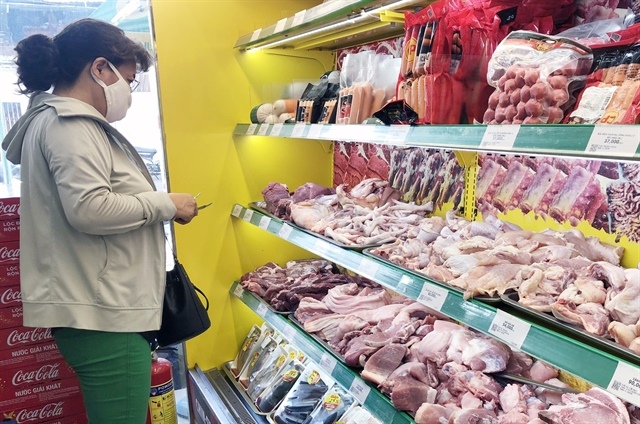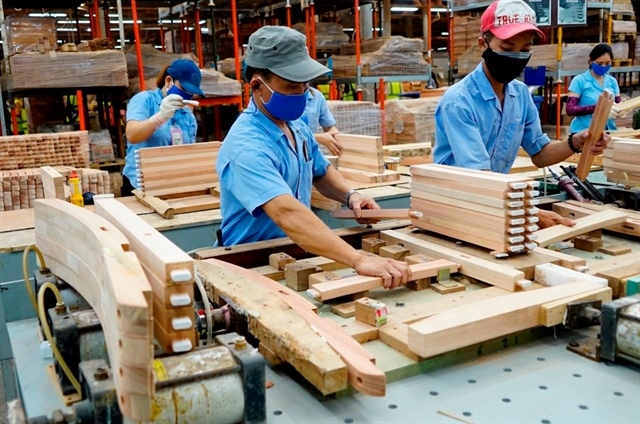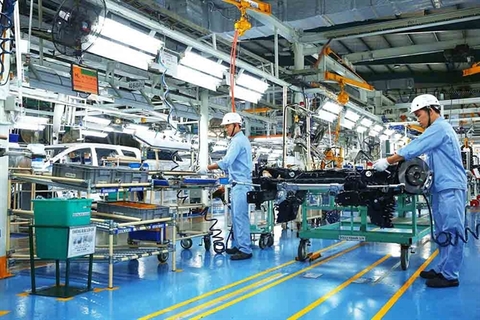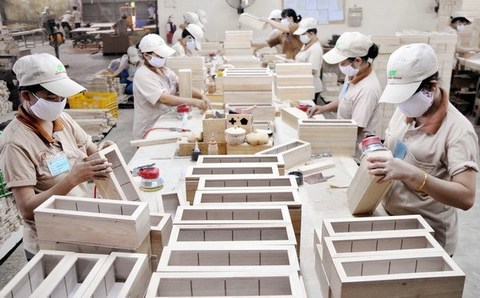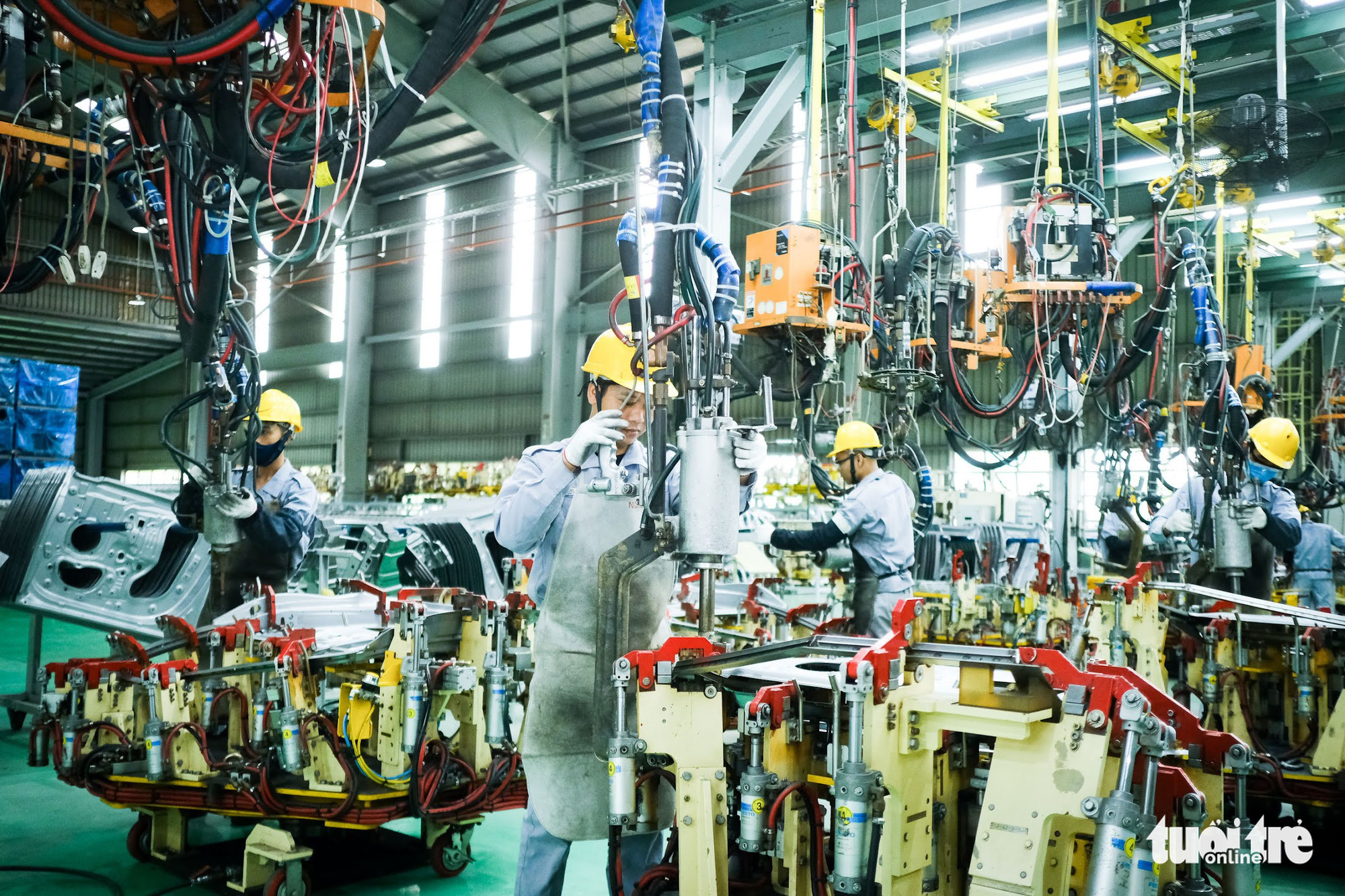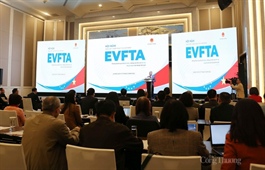Enterprises exporting to Europe face pressure to go green
Enterprises exporting to Europe face pressure to go green
The European Union's (EU) policy of imposing environmental protection taxes is putting Vietnamese exporters under pressure to convert to green production.
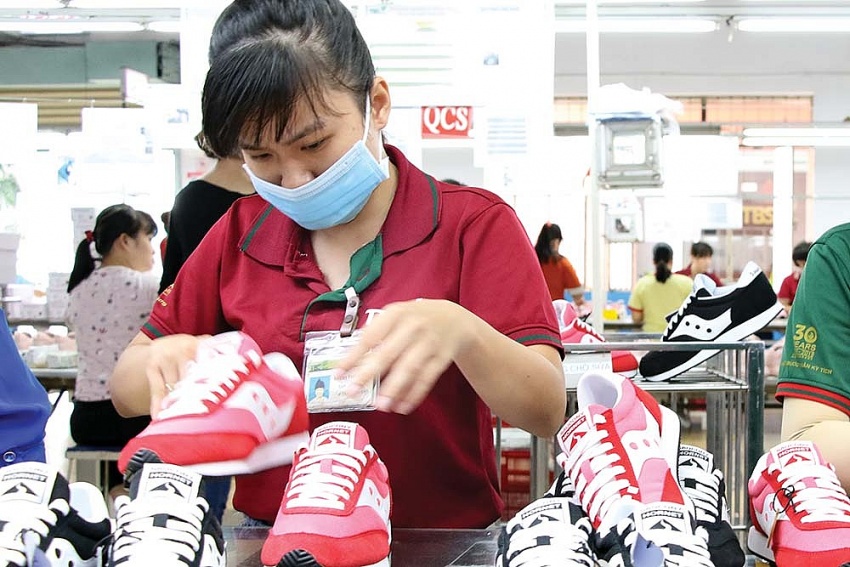
On December 13, the EU announced it would implement the Carbon Border Adjustment Mechanism (CBAM), which imposes a carbon tax on exports based on the intensity of greenhouse gas emissions in the production process.
The CBAM will be applied to electrical products, steel, fertiliser, aluminium, and cement in the pilot period of 2023-2025, all imported goods with high pollution risk. According to experts, implementing CBAM could create obstacles for Vietnamese goods to take advantage of the EU-Vietnam Free Trade Agreement (EVFTA), making it difficult to export to this market.
In 2022, Vietnam's export turnover to the EU is expected to reach about $50 billion. The EU is one of the four largest export markets for Vietnamese goods.
In 2025, the European Commission will assess CBAM’s performance. It could expand its scope to include more products and services, including “indirect emissions,” which refers to carbon emissions from using electricity to produce goods, if it is officially applied in 2026.
Accordingly, CBAM will likely take effect officially for goods imported from Vietnam since January 2026. Thus, Vietnamese enterprises exporting steel, cement, iron, and fertilisers to the EU will have three years to prepare. If enterprises do not promptly reduce carbon emissions now, they will face the risk of being imposed tax, making exported goods more expensive and affecting their competitiveness.
The Viet Nam National Cement Association expressed its concern that the export of cement to the US and EU markets will suffer due to the imposition of carbon emission tax.
Duong Ngoc Truong, deputy head of the Environmental Safety Department under Vietnam Cement Industry Corporation, said: “CBAM will create high additional costs for Vietnamese exports. Many cement enterprises face difficulties IN transferring technology, in terms of capital and policies to reduce greenhouse gas emissions.”
Reducing greenhouse gas emissions is considered an inevitable trend. Many large markets, such as the United States, Japan, and South Korea, have also built similar mechanisms. Therefore, it is necessary for Vietnam’s enterprises to transform production towards going greener and protecting the environment by reducing emissions in the production process.
The Vietnam Trade Office in Sweden said that to respond well to this new EU regulation, manufacturing enterprises in high-risk industries, such as steel, aluminium, oil refining, cement, paper, glass, fertiliser, and energy, should have plans to reduce the carbon footprint of the manufacturing process, to not exceed the EU standard threshold.
At some point, all goods exported to the EU could be required to meet green standards. Currently, enterprises in two sectors that export about $8 billion to the EU each year, leather footwear and textiles, need to convert to green production to meet the EU's requirements.
According to Vietnam National Textile and Garment Group (Vinatex), green production will push costs up, affecting profit. But given the medium-term benefits, Vinatex has to invest in the green and circular economy.


